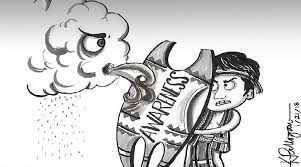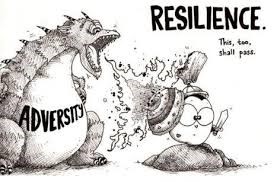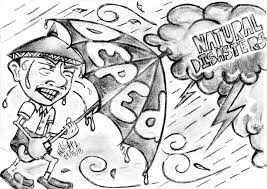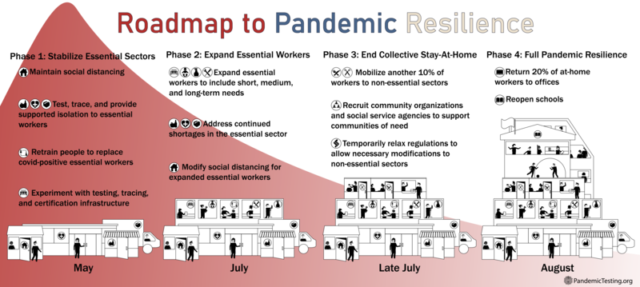ORGANISATIONAL RESILIENCE AND PANDEMIC
By : Dewi Tamara
CRISIS DESTROYED BAD COMPANIES, SURVIVED GOOD COMPANIES, AND IMPROVED GREAT COMPANIES (Andy Grove, former CEO Intel Corporation, 1998).
Organizational Resilience is the capabilities that organizations develop through coping with unexpected events (Ortiz-de-Mandojana and Bansal, 2016). The International Organization for Standidcation (2017) in Bell (2019) outlines organizational resilience as the ability from an organization to absorb and adapt in a changing environment to enable it to deliver its objectives and to survive and prosper.
As we understand during the past 50 years, organization, firms, corporations even individu face various risk associated with economic crisis, extreme weather due to climatic change, distruptive technologies, terrorism, cyber-crime with stolen million data, high-profile accident causing casualties such as Chernobyl, Bhopal, Exxon Valdez, natural disasters such as tsunamis, earth quakes, and vulcanic eruption and the most recent one, pandemic of Covid-19.
Academic literature identifies at least there are five compething schools of thought about the term “resilience” and “organizational resilience”. Some scholars think that organizational resilience is a process, a management system, a strategy or even static characteristics (Bell, 2019). Some defines that organizational resilience is business outcome or output. This is because organizational resilience is not a static attribute, but a latent, path-dependent set of specific “must-have” capabilities, routines, practices, steps to go forward, and diverse and integrate to external and internal changes. Resilience then becomes more than just survival issues or sustainability, it become an awareness and organization’s database of potential risks and a manual to take proactice steps for organization to thrive. Along the way, companies begine to learn that the ability and capability of organizational resilience is only achieved through comprehensive fusion of all of them.
Based on the process, organizational resilience comprise of anticipation, coping and adaptation. It relies strongly to capability such as resource availability, social resources and power and responsibility (Duchek, 2020).



Resilience in Pandemic Time
Pandemic caused by coronavirus or called Covid-19 shut down almost all industry sectors around the world. Airlines, tourism, hotel, MICE, production/manufacturing, export-import, transportation, education, etc.
Resiliency in the level of strategic goals and objectives should be focus on :the product, supply, customer and market. If delivering products and maintain market is stopped, the company can focus to employee by encouraging them to do self development, enhanced necessary training, to improve the knowledge. Second, Company should put the capital and cash into running order. Resiliency in the level of financial : focus on working capital, putting the short-term financing to short-term operational activities. Third, company can boost digital platform resilience. Since pandemic employee should do work from home, and should be familiar in utilizing digital platform from doing video conference to make self-video in a short time.
The most important part of building organizational resilience is the leadership. Resilience need the coordinated adaptation of the system as a whole towards a common goal, and that requires an active, strong and emphatic leadership at the same time (Sin and Ng, 2013 in Bell, 2019). Above all, resilience needs basic thinking of being positive, can do attitude and thinking about the future in the same time. Stay healthy, stay safe, and stay resilient.
Below is the roadmap to pandmic resilience issued by Harvard University.

⅏⅏⅏⅏⅏⅏
